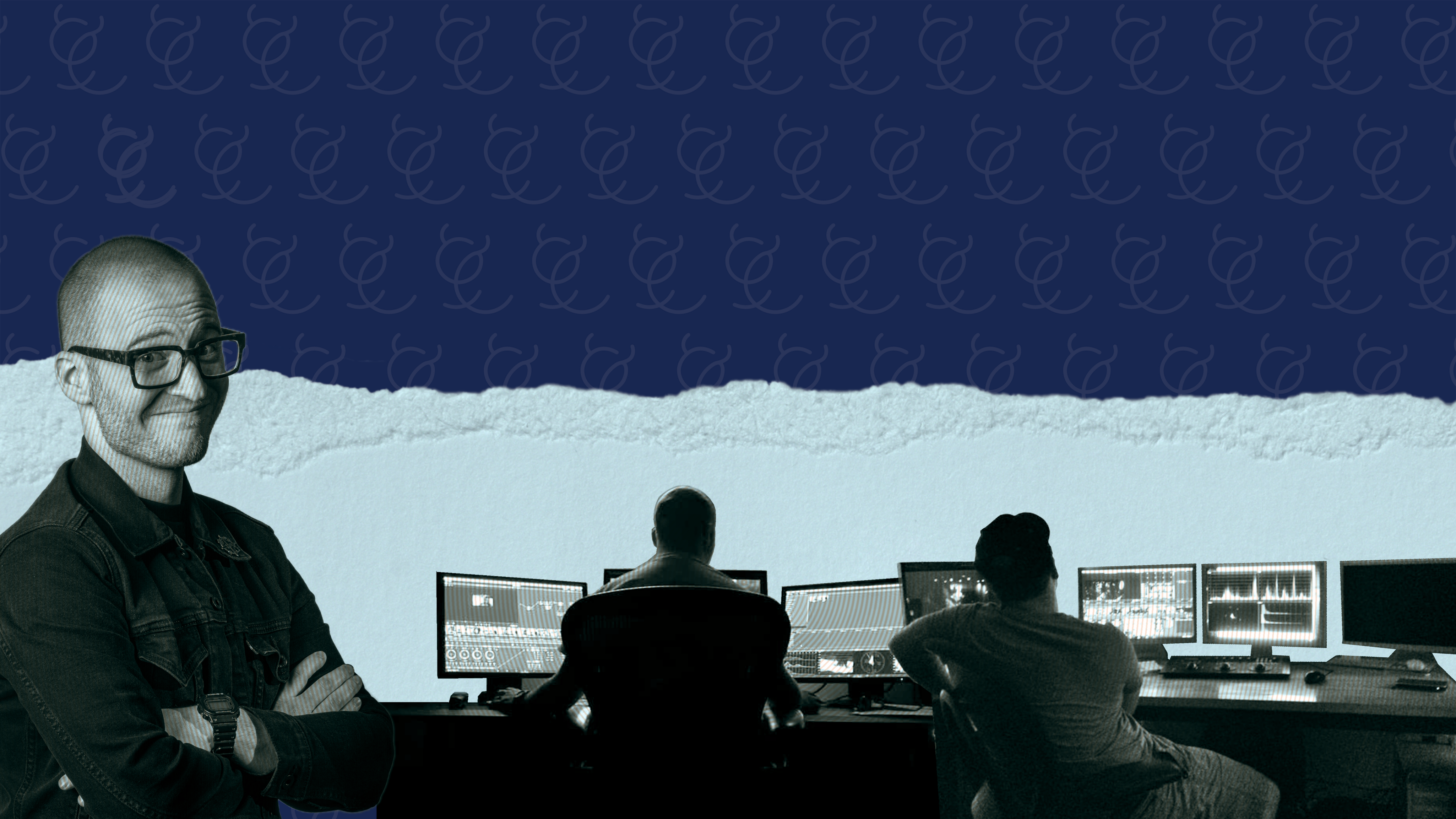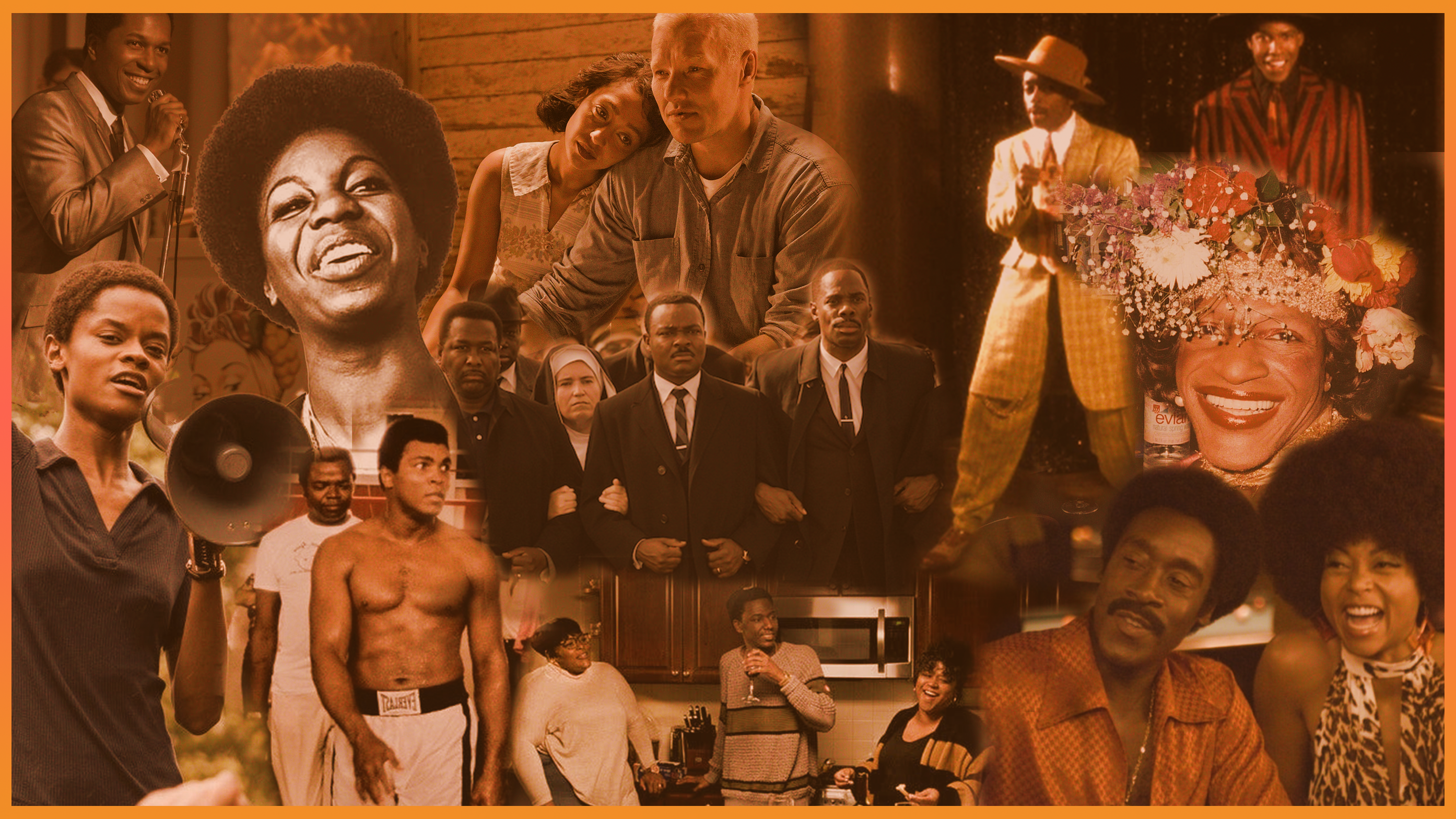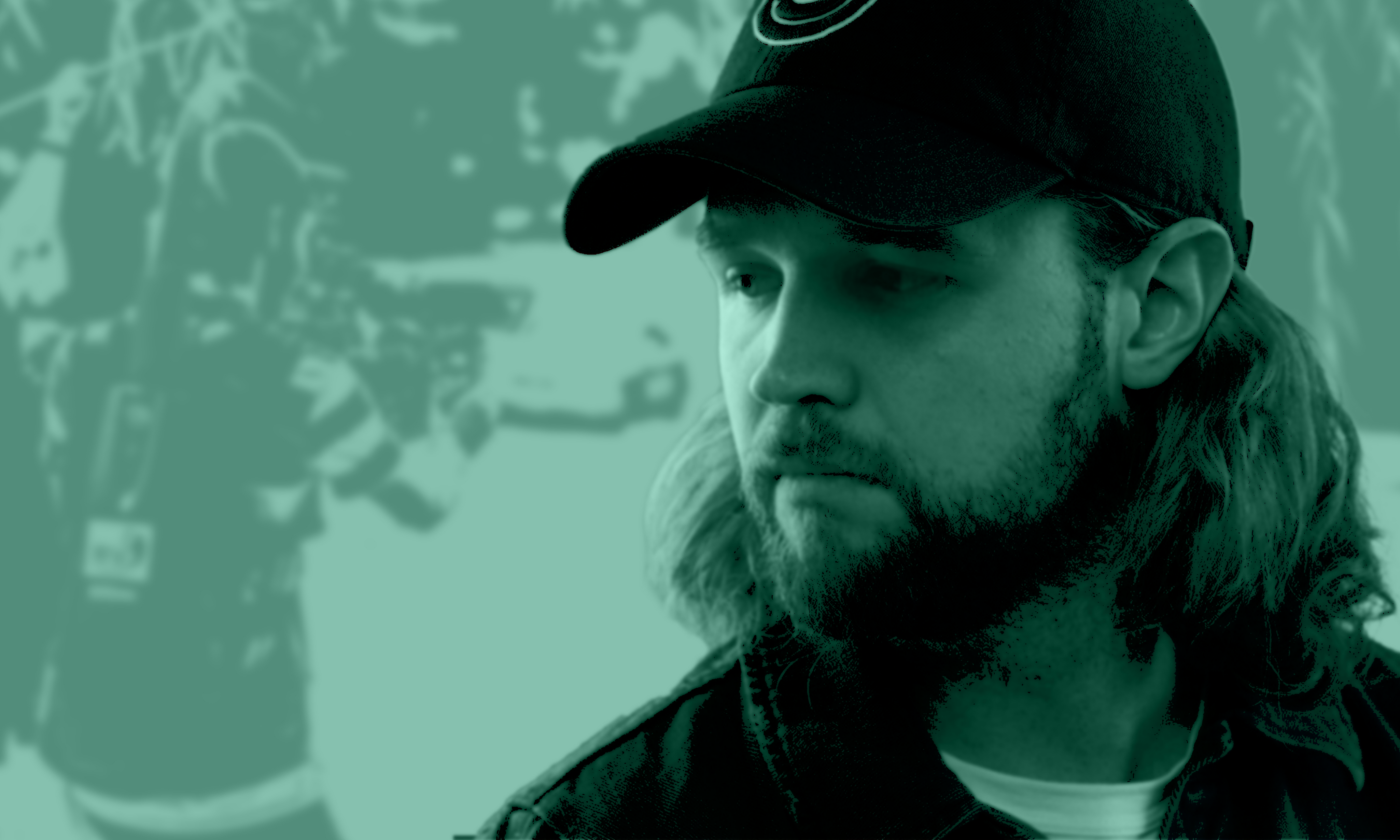Carl Ryan Stemple is a digital intermediate colorist
A connoisseur of coloring, Ryan grades and delivers feature films, short films, and commercials through his post-production business Quicksilver Color– located right here in the Camera Ambassador building. As a close friend (both in proximity and in heart), we sat down with him recently to learn more about his craft and personal journey!!!
“I went to Columbia College Chicago for film/video post-production,” Ryan shares, “and I was sure that I was going to be an editor.”
But that all changed when Ryan took Professor Bob Slinga’s color-grading class.
“Very soon into the class, he (Slinga) pulled me aside and told me that if this is something I wanted to do, then he was willing to take me under his wing,” Ryan reminisces.

C. Ryan Stemple working as an editor for JBTV at age 19 | Ryan Stemple
Slinga acted as a mentor to Ryan when he was a student, giving Ryan the extra encouragement he needed to push himself harder, as well as sharing advice and stories from working in the industry.
After graduation, Ryan was the dailies colorist for NBC’s Crisis. Coincidentally, Slinga was the dailies colorist for ABC’s Mind Games at the same time. So, even after their time together in Columbia College, they helped each other, collaborating on problems and getting to the root of what modern television networks expect in their dailies.

Ryan Stemple starting out as a freelancer in 2012 | Ryan Stemple
“I think the most challenging thing that I’ve ever gone through as a filmmaker was working as a dailies colorist,” Ryan recalls.
Being a Dailies Colorist can be very demanding. The job entails ingesting all the footage that is shot upon wrap. Then, the colorist must sync video and audio together, input all the metadata, create editorial files for producers, upload files onto iPads for the creative team… all of which must be done so that the footage arrives on time in Los Angeles by 8 AM that morning.
“It's very stressful because a lot depends on you, but it's also a difficult position because not all film schedules are constant throughout the week,” Ryan adds.
For example, on Monday, a nominal wrap time for a production is 7:00 PM, but oftentimes network shows end up wrapping later by 9:00 PM. So, although the Dailies Colorist was supposed to get started at 7:00 PM, they end up actually beginning their day later at 9:00 PM. Furthermore, due to union rules, production then can’t start until 12 hours past wrap time, which means that the following day’s schedule will also be affected.
This poses a problem. Throughout the week, these delays added up. Some weeks, Ryan didn't start his Friday until four or five on Saturday morning, meaning he had to both work long hours through the week and continue working through the weekend.
“There's no reason why the job can't start at five in the morning versus 7:00 PM at night, other than production wants to see their footage as soon as possible,” Ryan states, “and I just don’t think that that is a good enough reason to risk any individual's mental health.”

Ryan as a panelist on Colorist 101 at Abelcine in 2016 | Ryan Stemple
“What excites me as a colorist is recreating the ephemeral dreamlike look and feel of organic 35mm film,” Ryan raves when reflecting on his artistic aesthetic.
Ryan believes that, as Digital Cinematography becomes sharper in resolution and cleaner in detail, an intangible “something” is lost along the way. Although Ryan notes that very specific pieces of film grammar, such as grain, gate-weave, and blooming, can affect the image in this way, part of his challenge is deducing which aspects specifically need to be changed to achieve the desired look.
“I started shooting 35mm when I was still at Columbia College,” Ryan remembers, “so one year, for Christmas, my grandma got me a camera, four really beat up lenses, and about 20 rolls of extremely expired, Ektachrome Elite 35mm film.”
When Ryan cross-processed the expired film, he was delighted to see that most of the photographs came out completely yellow and green. Ever since then, Ryan’s been fascinated with the unpredictability and oftentimes surprising nature of film development. It continues to fuel his work today.
“I’m actively seeking out those points of randomized chaos to spark creativity in a way that predictability often doesn't,” Ryan theorizes, “cause if you always know what to expect, that could actually lead to creative stagnation.”

A still from short film Goodbye Janet, directed by Will Schneider | Goodbye Janet
“I used to assemble the DCP’s for the Midwest Film Festival,” Ryan says, “and one of them that inspired me was Will Schneider’s E.R. A.M., an amazing nine-minute one-take short taking place in an emergency waiting room.”
When Ryan first reached out to his now frequent collaborator Will Schneider in 2020, Ryan was already a big fan of Schneider’s work. That first phone call lasted almost an hour, where all they did was “shout praise at one another and ideas for how future projects could go”.
“We knew what each other was going to bring to the table without even discussing it,” Ryan observes.
Since then, the duo has worked on multiple projects and gotten along famously. Their collaboration almost feels seamless and effortless. For example, while working on Schneider’s project Goodbye Janet, when Ryan pitched 1970’s references and aesthetics, Schneider was immediately impressed and on board with Ryan’s ideas.
“Like, he never mentioned this, but I knew that Goodbye Janet had to almost have a deep and rich Safdie Brothers-type feel to the image,” Ryan admits while thinking back to the short, “where the interiors were like a neon velvet and the exteriors were almost cigarette-stained.”
“We just gel well, which doesn’t always happen,” Ryan concludes, “it was such a seamless and organic collaboration.”

Ryan in the middle of coloring Range Runners while working as a Senior Colorist at Periscope Post & Audio | Ryan Stemple
Presently, Ryan is the Colorist and Owner of Quicksilver Color, a post-production company that prides itself on providing “cinematic finishing for all”.
When asked how he chooses which pieces to work on, Ryan thinks for a long time before responding. The question unintentionally becomes an existential one.
“This goes into trying to determine whether or not I'm actively trying to put my own visual style into a film,” Ryan contemplates “which happens to some extent since I have my own tastes and preferences, but first and foremost, I’m a technician - my job is to usher forth somebody else's vision.”
After another moment of self-reflection, Ryan smiles.
“Back to the original question, it's not even that I'm looking for a particularly strong story or characters or cinematography… honest to God, what I'm primarily looking for is the passion in the other filmmakers to create something that is uniquely ours.”

Ryan believes that “the best post-production workflows start in pre-production.” Interested in learning more about how to better integrate coloring and post-production into your own projects? Starting this year, Ryan will be occasionally guest-writing posts on his tips and advice for best practices!
Interested in working with Quicksilver Color for your film? Hire Quicksilver Color and rent from Camera Ambassador on your next project, and receive 30% off from both companies!
Be on the lookout for more Ryan on our blog Ambassador Chronicles!!!



